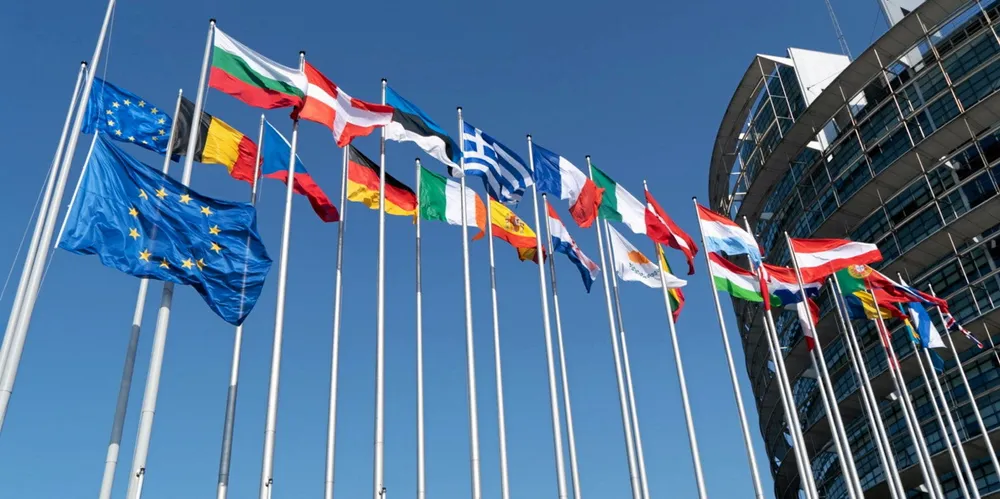Most EU states’ wind ambitions 'not compatible with Paris climate goals': WWF
Central and Eastern European countries are said to be falling particularly short in their wind energy targets

Central and Eastern European countries are said to be falling particularly short in their wind energy targets
